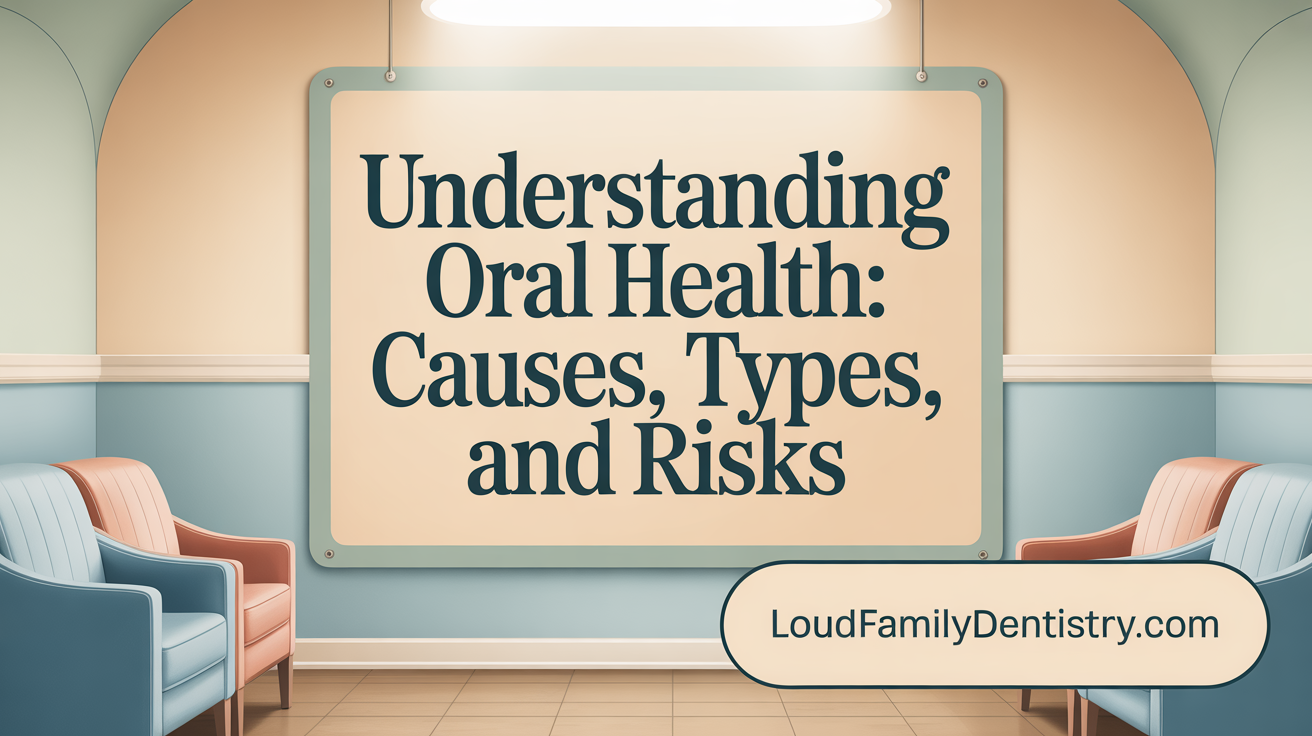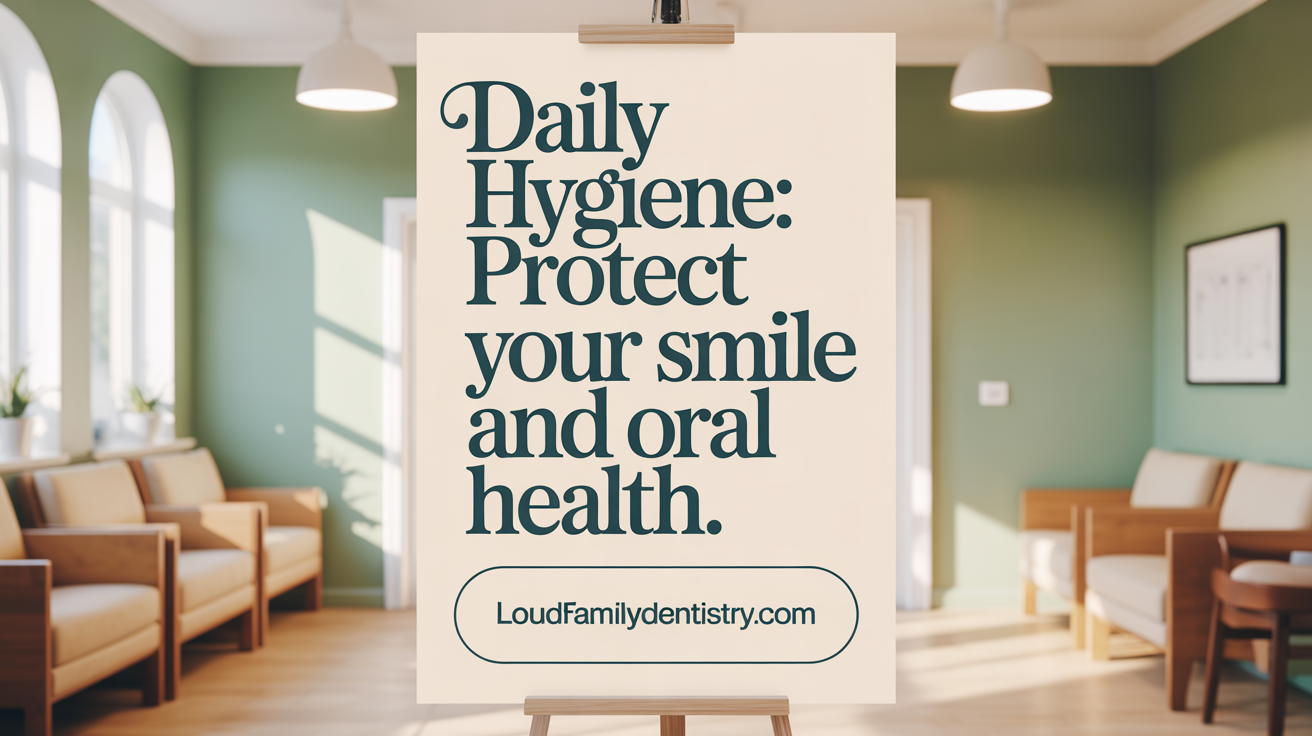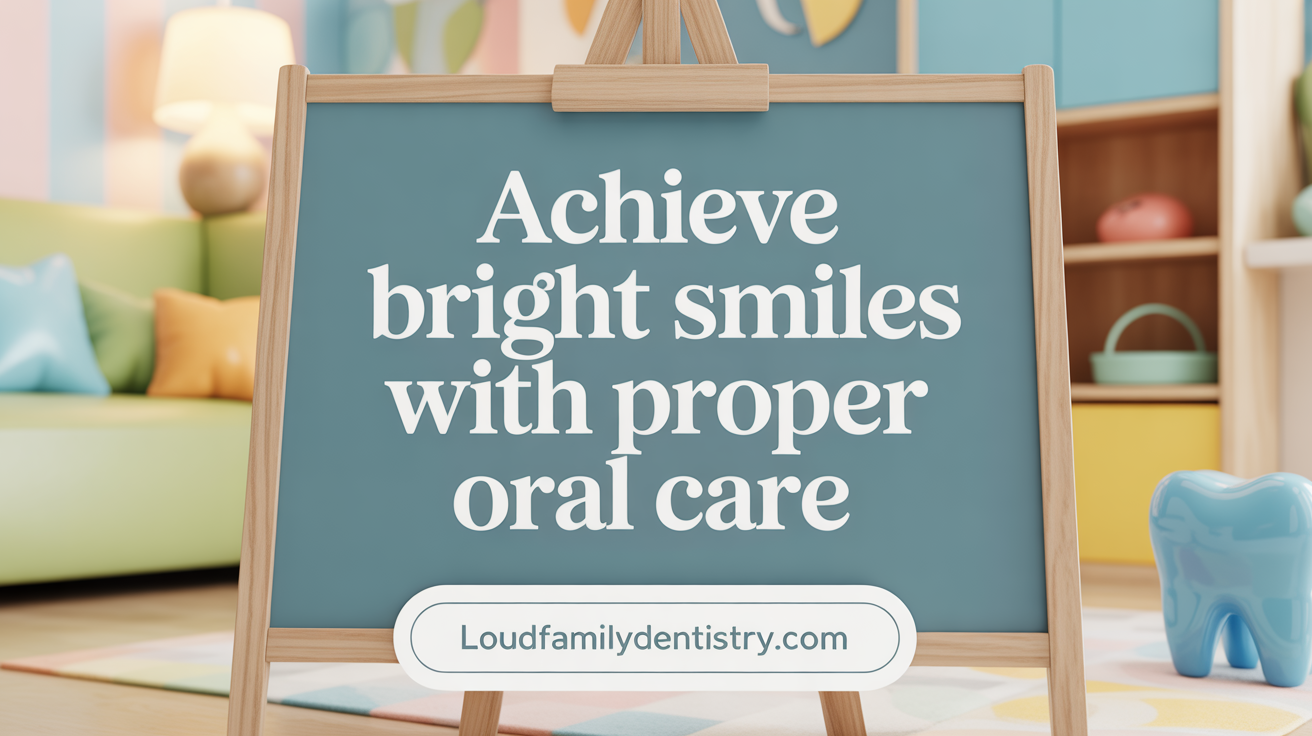Understanding Gum Disease and the Power of Prevention
Gum disease, commonly known as periodontal disease, is a widespread condition that affects millions globally. Starting often as mild gingivitis and potentially advancing to severe periodontitis, it threatens not only your oral health but also your overall well-being. The good news is that consistent and proper oral hygiene combined with routine dental care offers a formidable defense against the onset and progression of gum disease. This article clarifies what gum disease entails, highlights the importance of daily care and professional visits, and shares effective prevention strategies to keep your gums healthy and your smile bright.
What is Gum Disease? Types, Causes, and Risks

What is gum disease and what are its types?
Gum disease, also known as periodontal disease, is an infection and inflammation of the tissues that support the teeth. It is primarily caused by the buildup of bacterial plaque on the teeth. There are two main types of gum disease. The first is gingivitis, which is the mild and reversible inflammation characterized by red, swollen gums that may bleed during brushing or flossing. The second type is periodontitis, a more advanced condition where the infection causes destruction of gum tissues and supporting bone, leading to gum recession, loose teeth, and even tooth loss.
Periodontitis progresses through stages from mild to severe. Patients may notice symptoms such as bad breath, bleeding gums, deep periodontal pockets, and sensitivity. Risk factors include poor oral hygiene, smoking, systemic health conditions like diabetes, and genetic predisposition. Regular dental checkups, effective oral care, and timely intervention are crucial for preventing the progression of gum disease.
What are the causes and symptoms of gum disease?
The primary cause of gum disease is the accumulation of bacterial plaque on teeth, which, if not removed by proper brushing and flossing, hardens into tartar. This buildup triggers an immune response resulting in inflammation and destruction of gum tissue.
Several risk factors contribute to its development, including poor oral hygiene, tobacco use, hormonal fluctuations, certain medications, and medical conditions like diabetes. Poor diet, stress, and hereditary factors can also increase susceptibility.
Symptoms of gum disease vary depending on its stage. Early signs include inflamed, swollen, bleeding gums, and bad breath. As disease progresses, symptoms may include gum recession, where gums pull away from teeth; sensitive or loose teeth; pain while chewing; and more noticeable bad odor. If untreated, these conditions can lead to the destruction of supporting tissues and bones, ultimately causing teeth to become loose or fall out.
Maintaining good oral hygiene through regular brushing, flossing, avoiding tobacco, and attending routine dental checkups are essential strategies to prevent and manage gum disease. Recognizing symptoms early and seeking professional care can halt or reverse the early stages, ensuring overall oral and systemic health.
The Crucial Role of Regular Oral Hygiene in Prevention

How important is regular oral hygiene in preventing gum disease?
Maintaining good oral hygiene habits every day is crucial in warding off gum disease. Regular brushing twice daily and flossing daily help remove plaque, a sticky film of bacteria that forms on teeth and along the gum line. If not cleaned regularly, plaque hardens into tartar, which promotes bacterial growth and triggers inflammation.
Proper oral care routines are effective for preventing the first stage of gum disease, known as gingivitis. This early inflammation causes red, swollen, and bleeding gums but can be reversed with diligent hygiene and professional cleanings.
Beyond preventing gum issues, good oral hygiene also reduces the risk of cavities, bad breath, and other oral health problems. Importantly, it can lower the chances of developing systemic health issues linked to gum disease, such as heart problems, strokes, and pregnancy complications.
By committing to daily oral care and visiting the dentist regularly, individuals can protect their teeth and gums over a lifetime, supporting overall health and well-being.
Can good oral hygiene stop gum disease?
Yes, consistent and proper oral hygiene practices can prevent most cases of gum disease, especially in its early and reversible stage, gingivitis. Brushing twice a day with fluoride toothpaste and flossing remove plaque, reducing bacteria and preventing inflammation.
Professional dental cleanings are also vital, as they remove tartar buildup that cannot be eliminated by brushing alone. These routine visits help detect early signs of gum issues, allowing for timely intervention.
However, some factors like genetics, underlying health conditions such as diabetes, or lifestyle choices like smoking can make a person more prone to gum disease despite good habits. If gum disease advances to periodontitis, it can cause irreversible damage including bone destruction and tooth loss.
While good oral hygiene is effective in prevention, severe cases often require professional treatments—like scaling and root planing or surgery—to manage and control the disease.
In summary, diligent daily hygiene combined with professional care is essential for preventing gum disease and maintaining healthy teeth and gums across life.
Why is plaque and tartar removal so vital?
Plaque is the main culprit behind gum inflammation and disease. If not regularly cleaned, it mineralizes into tartar or calculus, which is much harder to remove and serves as a breeding ground for harmful bacteria.
Professional cleanings are necessary to remove tartar, as regular brushing and flossing cannot do so effectively. Removing these deposits helps reduce bacterial toxins that damage gum tissues and supports overall gum health.
Regular removal of plaque and tartar prevents the progression of gingivitis into more severe periodontitis, which can threaten teeth stability and overall health.
How does oral hygiene impact systemic health?
Research shows a strong link between gum disease and overall health issues such as heart disease, strokes, and diabetes. Chronic inflammation from periodontal infections can contribute to systemic inflammation, impacting blood vessels and organ function.
By maintaining excellent oral hygiene, individuals lower the bacterial load and inflammation in the mouth, which can positively influence other bodily systems.
Good oral care routines thus not only protect teeth and gums but also play a part in reducing risks for serious health problems, emphasizing the importance of daily dental habits and regular professional check-ups.
Best Practices for Maintaining Healthy Gums

What are the best practices for maintaining healthy gums?
Maintaining healthy gums requires consistent and effective oral hygiene routines. It begins with brushing your teeth at least twice daily using a soft-bristled toothbrush and fluoride toothpaste. It is important to focus on cleaning along the gumline at a 45-degree angle to remove plaque efficiently. Flossing daily helps eliminate plaque and food debris from between teeth and beneath the gumline, where a toothbrush cannot reach.
Regular dental check-ups every six months are vital for early detection of any issues. During these visits, professional cleaning by a dental hygienist removes tartar—hardened plaque—that cannot be cleaned by brushing alone. Supporting your oral health through a diet rich in vitamins C and D, staying well-hydrated, and avoiding tobacco use also enhance gum resilience.
Using an antimicrobial mouthwash can add extra protection by reducing bacteria and plaque. Gentle gum massages and paying attention to symptoms like bleeding, swelling, or tenderness can further help maintain firm and healthy gums. Overall, diligent daily care combined with professional guidance creates the foundation for strong, healthy gums.
What are effective methods and tips to maintain oral health and prevent gum-related issues?
Effective oral health practices include careful brushing twice daily with fluoride toothpaste to remove plaque effectively. Flossing once a day is crucial to clean areas between teeth that toothbrushes cannot reach, preventing bacterial accumulation. Incorporating an antiseptic or fluoride mouthwash can help reduce harmful bacteria and support overall gum health.
Scheduling regular dental visits for professional cleaning and examination every six months ensures early detection of issues like gingivitis before they worsen. Maintaining a balanced diet, especially with foods high in vitamins A and C—such as oranges, kale, and broccoli—helps reinforce gum tissue.
Avoiding tobacco products significantly reduces the risk of gum disease and supports healing if issues arise. Ensuring good hydration contributes to saliva production, which naturally cleanses the mouth and reduces plaque buildup.
Implementing these habits consistently—along with prompt attention to any symptoms like gum bleeding or swelling—provides the best defense against gum disease and promotes overall oral well-being. Adopting a comprehensive approach to oral hygiene is essential for long-term gum health.
The Integral Role of Routine Dental Visits
 Routine dental visits are a cornerstone in the fight against gum disease. During these exams, dental professionals can spot early signs of inflammation, such as bleeding, swelling, or receding gums, which might otherwise go unnoticed. Early detection is vital because it allows for interventions before the disease advances into more severe stages, like periodontitis, which can cause significant tissue damage.
Routine dental visits are a cornerstone in the fight against gum disease. During these exams, dental professionals can spot early signs of inflammation, such as bleeding, swelling, or receding gums, which might otherwise go unnoticed. Early detection is vital because it allows for interventions before the disease advances into more severe stages, like periodontitis, which can cause significant tissue damage.
Professional cleanings are an integral part of every checkup. Dentists and hygienists perform scaling and polishing procedures to remove plaque and tartar—bacteria-laden deposits that home care alone often can't eliminate. Removing these buildups helps reduce bacterial toxins that break down gum tissue, thereby preventing disease progression.
In addition to cleaning, routine visits offer personalized advice. Dentists evaluate individual risk factors such as smoking, diabetes, or genetic predispositions, tailoring prevention and treatment strategies accordingly. They also guide patients on effective brushing, flossing techniques, and recommend antimicrobial mouthwashes if needed.
The importance of a dental hygienist’s role cannot be overstated. Hygienists specialize in removing tartar and conducting early assessments of gum health. Their regular maintenance visits help control and slow the progression of gum disease, even though full eradication often requires ongoing home care and possible further treatments.
In summary, regular dental checkups and professional cleanings serve as the first line of defense against gum disease. By facilitating early diagnosis and providing expert cleanings, these visits protect not only oral health but also contribute to overall systemic health, reducing risks of associated conditions like heart disease and diabetes.
Recognizing and Managing the Stages and Risks of Gum Disease
What are the stages and risks of gum disease and how can they be mitigated?
Gum disease develops through several stages, each progressively more damaging. It begins with gingivitis, the earliest stage, which presents as red, swollen, and bleeding gums. At this point, the condition is reversible with good oral hygiene and professional cleanings.
If untreated, gingivitis can progress to slight periodontitis. This stage involves deeper bacterial infection, leading to periodontal pockets forming around the teeth, and beginning to damage supporting bone tissue.
As the disease advances to moderate and severe periodontitis, more extensive tissue and bone destruction occurs. This can result in loose teeth, gum recession, and ultimately, tooth loss.
The risks associated with gum disease include poor oral hygiene, smoking, diabetes, hormonal changes, certain medications, and genetic factors. These risks can worsen the disease’s progression if not managed properly.
Prevention and mitigation rely on early detection, which can be achieved through routine dental exams. Treatments like scaling and root planing help remove plaque and tartar buildup beneath the gums, reducing infection.
Addressing risk factors such as quitting smoking, managing systemic conditions like diabetes, and maintaining diligent oral care are vital. Regular dental visits enable timely intervention, which helps prevent the progression to advanced periodontal disease and supports overall health.
Maintaining a Healthy Smile: Your Best Defense Against Gum Disease
Gum disease remains a prevalent yet largely preventable oral health condition. By understanding its causes, recognizing early signs, and committing to thorough daily oral hygiene practices along with regular professional dental care, individuals can effectively protect their gums and prevent serious complications. Avoiding risk factors such as smoking and maintaining a balanced diet further strengthens your defense against periodontal issues. Remember, your oral health is intimately connected with your overall health, making prevention and early intervention vital. Embrace these strategies consistently to safeguard your smile and enjoy the benefits of healthy teeth and gums throughout your life.
References
- Periodontal Disease (Gum Disease): Causes, Symptoms & Treatment
- Gum (Periodontal) Disease Causes, Symptoms, Diagnosis, Treatment
- 5 Tips for Preventing Periodontal Disease - Goodman Dental Center
- Prevention and treatment of gum disease - Regence Dental
- Gum Health 101: Preventing and Treating Gum Disease
- Oral Hygiene: Best Practices & Instructions for Good Routine
- Top Dental Hygiene Tips to Prevent Gum Disease
